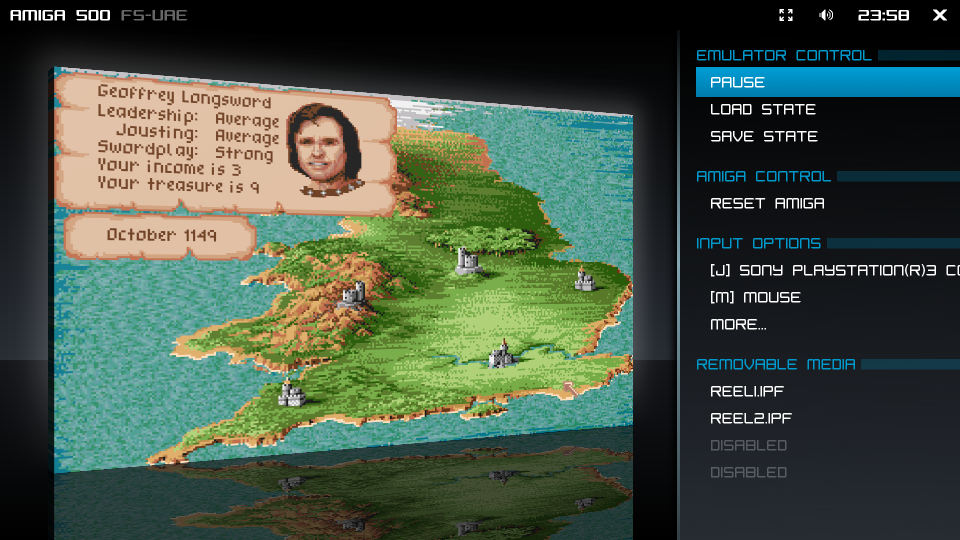


- #Arm64 emulator mac how to#
- #Arm64 emulator mac install#
- #Arm64 emulator mac android#
- #Arm64 emulator mac code#
Upon installation, Parallels provides additional details about running arm-based VMs using its Technical Preview: Download and install required software You can learn more about M1 Macs in my hands-on video exploring the ins and out of Apple’s exciting new hardware. It is only designed to work with arm-based virtual machine setups. This tutorial is for M1 Macs - the MacBook Air, MacBook Pro, and Mac mini - featuring Apple Silicon. In order to quit your session, you’ll need to shut down windows. For example, arm32 apps outright crash upon launch, and it’s also not possible to suspend the VM. In other words, there’s going to be bugs, and some things just won’t work. This is a technical preview on both sides of the fence - both from Parallels’ perspective and Microsoft’s.
#Arm64 emulator mac how to#
In this video tutorial, we show you how to run Windows for ARM on M1 Macs using Parallels. The Apple Silicon version of Parallels is specifically designed for ARM-based operating systems, so it won’t work with the x86 version of Windows 10, but instead requires the ARM version of Windows. The error was something like "The Emulator was killed".Parallels recently released a technical preview of Parallels 16 that’s compatible with M1 Macs, and it works surprisingly well. I followed the steps and downloaded the same image.
#Arm64 emulator mac android#
According to this post, it's even downloadable through the AVD Manager in Android Studio! Installing the Emulator, 2nd tryįast forward a few weeks, and it looks like new versions of the Emulator have been released. So I am stuck using my slower MacBook until they release a proper emulator. Those who already have a new Mac with M1, what is your experience with Android Studio? from The WebView never showed up, and so I am unable to test my app in the emulator.Ĭan I run the Intel version of the emulator with Rosetta? No because the emulator uses virtualization, says the Android Studio team. I'm using Firebase Auth, and what it does is, it makes you sign in. Then I launched my app, and clicked on the button to sign in. It works mostly fine, except for WebView, says the documentation. So I had to use the emulator preview release. Selecting an arm64 version of Android R did not work. Things should get better in a few months at most.
#Arm64 emulator mac code#
For now I'll do this at the cost of performance, so that I don't have to hunt down which ones are compatible and which ones are not compatible with M1 yet.Īnd now that it's running fine, I realize there was indeed a note on installing Flutter on Macs with M1 processors:Īndroid Studio, Android Emulator, Visual Studio code are not ready for a stable build for M1, but it's being worked on. I installed Rosetta, then made Terminal.app open with Rosetta. (9 tries left)Ī quick search on Google led me to this post. $home/flutter/bin/cache/dart-sdk/bin/pub: line 49: $home/flutter/bin/cache/dart-sdk/bin/dart: Undefined error: 0Įrror: Unable to 'pub upgrade' flutter tool. $home/flutter/bin/cache/dart-sdk/bin/pub: line 49: $home/flutter/bin/cache/dart-sdk/bin/dart: Bad CPU type in executable Choose an option in the dialog to download the command line developer tools.ĭownloading Dart SDK from Flutter engine 92ae191c17a53144bf4d62f3863c110be08e3fd3. Xcode-select: note: no developer tools were found at '/Applications/Xcode.app', requesting install. It started downloading the Dart SDK, then threw this error: % flutter So I went to v and downloaded the latest build. The next thing I did was install Flutter. The first thing I did was install Chrome.


 0 kommentar(er)
0 kommentar(er)
